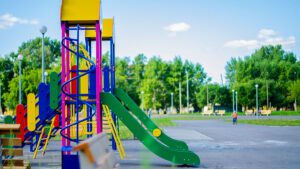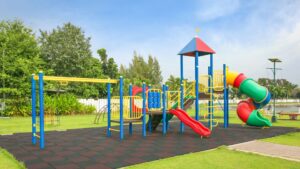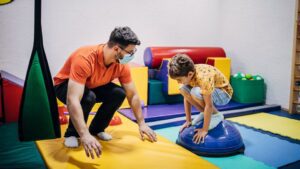El equilibrio y la coordinación son aspectos fundamentales del desarrollo físico del niño. Estas habilidades son esenciales para actividades cotidianas como caminar, correr y participar en deportes. Involucrando a los niños en actividades específicas, padres y educadores pueden ayudar a potenciar estas habilidades, fomentando la confianza y promoviendo el bienestar general.
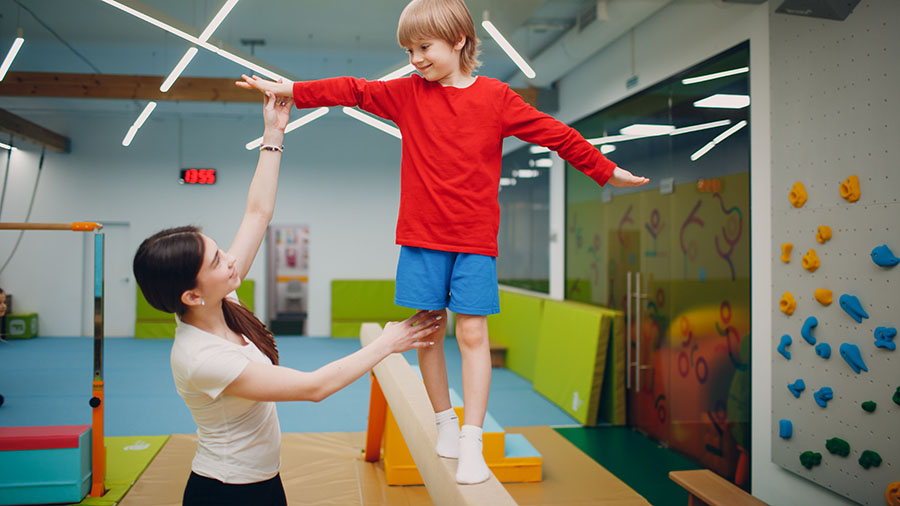
Comprender el equilibrio y la coordinación
¿Qué es el equilibrio?
El equilibrio se refiere a la capacidad de mantener una posición estable, ya sea inmóvil o en movimiento. Implica la coordinación de varios sistemas corporales, como el sistema vestibular (oído interno), el sistema propioceptivo (conciencia corporal) y el sistema visual. Desarrollar el equilibrio es crucial para tareas como mantenerse de pie sobre un pie, trepar o montar en bicicleta.
¿Qué es la coordinación?
La coordinación es la capacidad de utilizar conjuntamente distintas partes del cuerpo de forma fluida y eficaz. Abarca tanto la motricidad fina (como escribir o abrocharse una camisa) como la gruesa (como saltar o lanzar). Mejorar la coordinación ayuda a los niños a realizar movimientos y actividades complejas con mayor facilidad.
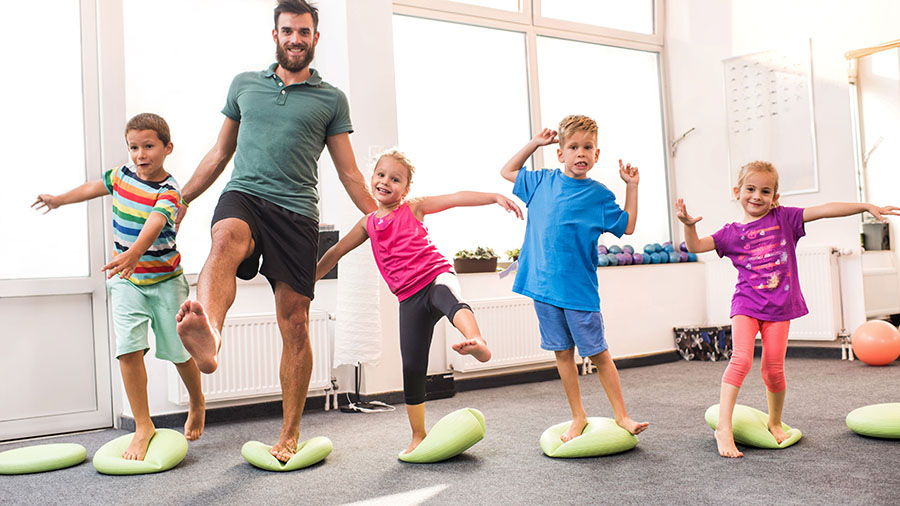
Actividades para mejorar el equilibrio y la coordinación
1. Ejercicios de barra de equilibrio
Caminar por una barra de equilibrio pone a prueba la estabilidad y la conciencia corporal del niño. Empiece con una viga baja y anime al niño a caminar por ella sin apoyo. Esta actividad fortalece los músculos centrales y mejora el equilibrio.
2. Paseos con animales
Imitar los movimientos de los animales, como gatear como un oso, saltar como una rana o caminar como un cangrejo, activa varios grupos musculares y mejora la coordinación. Estas actividades no sólo son divertidas, sino también eficaces para desarrollar las habilidades motoras.
3. Rayuela
Jugar a la rayuela exige que los niños salten y aterricen con precisión, fomentando el equilibrio y la coordinación. Este juego clásico también ayuda a reconocer los números y a seguir instrucciones.
4. Carreras de obstáculos
Montar una carrera de obstáculos con túneles, conos y vallas anima a los niños a sortear los retos, mejorando su agilidad y conciencia espacial. Ajusta el nivel de dificultad en función de las capacidades del niño.
5. Yoga para niños
Posturas sencillas como la del árbol o la del perro boca abajo mejoran el equilibrio, la flexibilidad y la concentración. El yoga también favorece la relajación y la atención plena, contribuyendo al bienestar general.
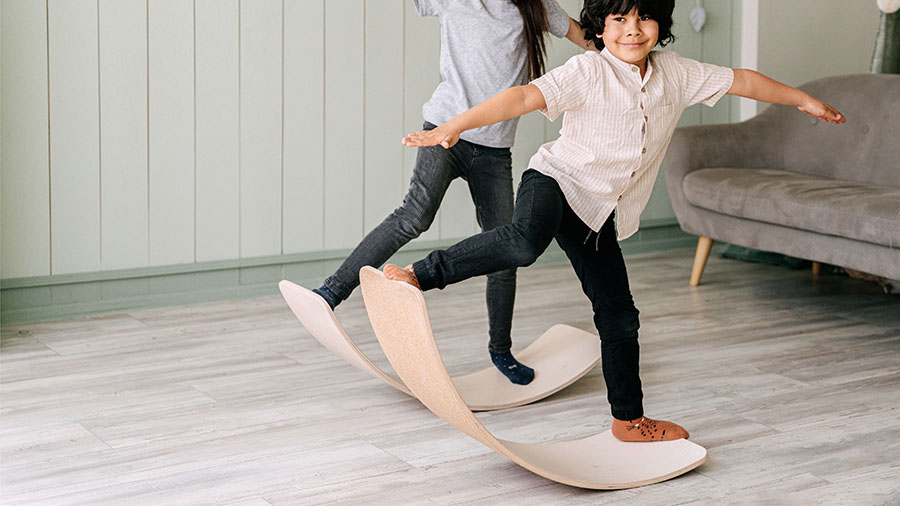
Incorporar el equilibrio y la coordinación a la vida diaria
Juego al aire libre
Actividades como trepar a los árboles, jugar al pilla-pilla o montar en patinete ofrecen oportunidades naturales para que los niños desarrollen el equilibrio y la coordinación. El juego al aire libre también fomenta la interacción social y la creatividad.
Tareas cotidianas
Anime a los niños a realizar tareas que requieran equilibrio y coordinación, como llevar la compra, poner la mesa o vestirse solos. Estas actividades fomentan la confianza y la independencia.
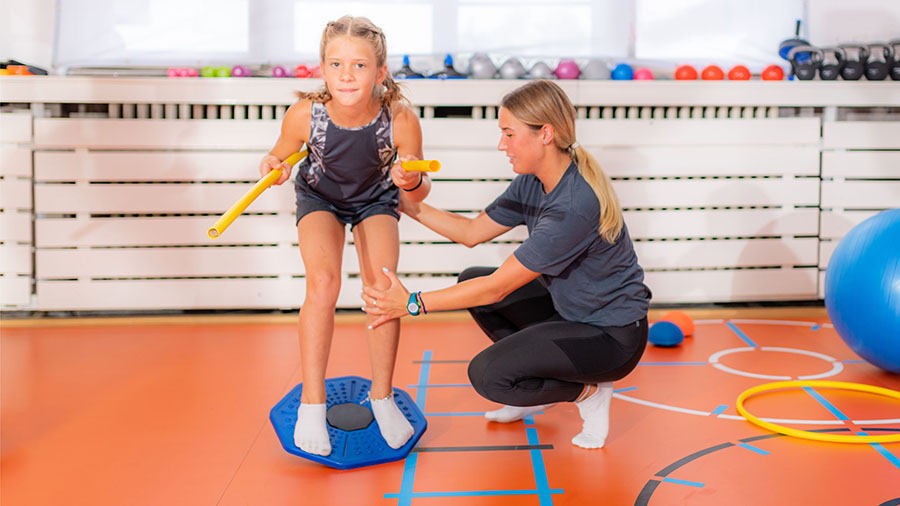
Cuándo buscar orientación profesional
Si un niño tiene dificultades constantes con el equilibrio o las tareas de coordinación más allá de las etapas típicas del desarrollo, puede ser beneficioso consultar a un pediatra o terapeuta ocupacional. Una intervención temprana puede abordar los problemas subyacentes y favorecer el desarrollo del niño.
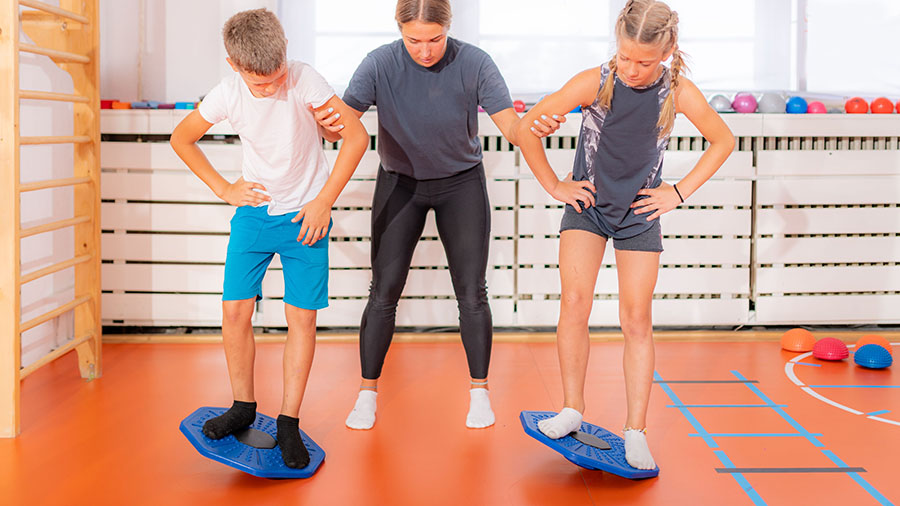
Conclusión
Mejorar el equilibrio y la coordinación de los niños es vital para su desarrollo físico y cognitivo. Incorporando actividades atractivas a las rutinas diarias, padres y educadores pueden ayudar a los niños a desarrollar estas habilidades esenciales. Recuerde que la constancia y el estímulo son fundamentales para fomentar el crecimiento y la confianza.
Explore nuestra gama de juegos infantiles diseñados para fomentar el equilibrio y la coordinación de los niños. Póngase en contacto con nosotros hoy mismo para obtener más información y mejorar su entorno de juego.

